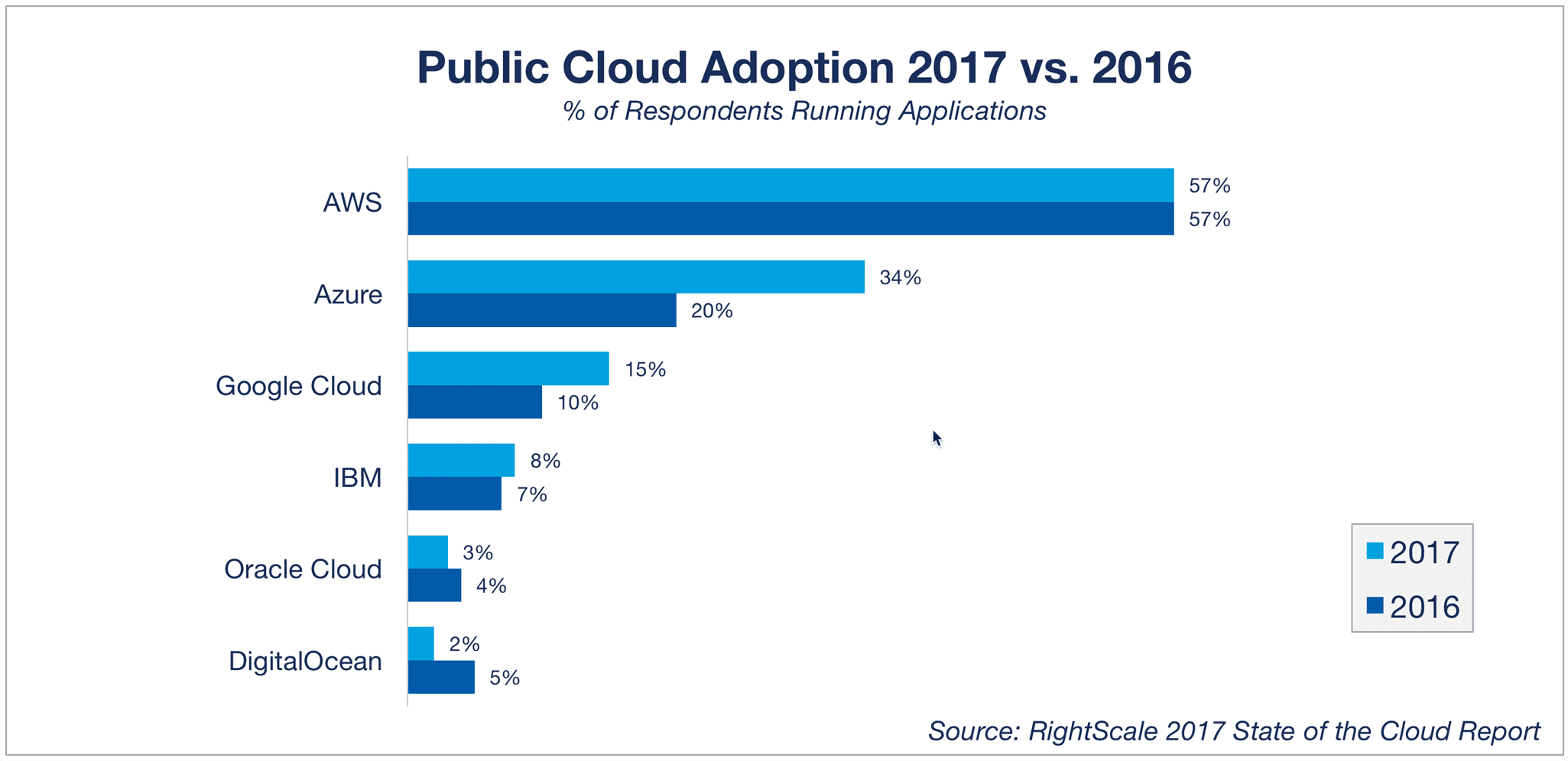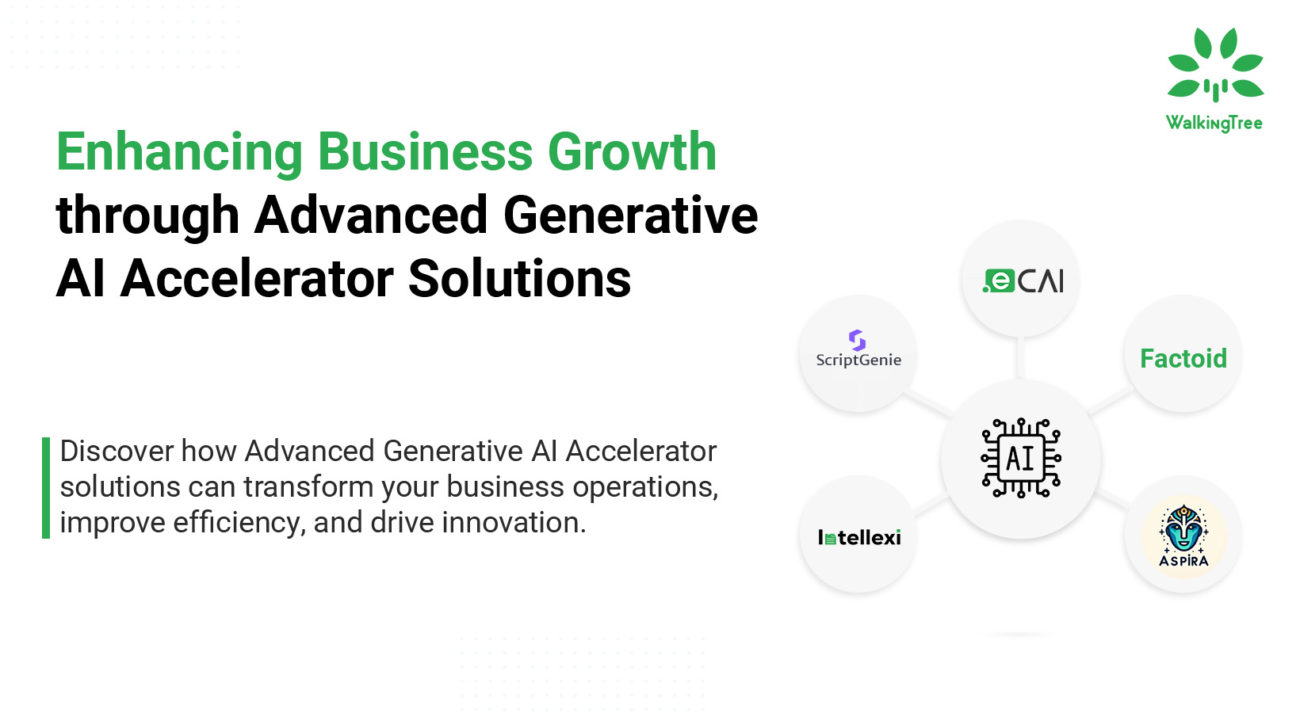5-Key cloud trends that you cannot ignore

 Ever since Amazon commercialized cloud, the cloud, in general, didn’t look back. Today, the usage of the cloud seems to be inevitable in any enterprise. Whether it is private or public or multi-cloud or some sort of hybrid setup, the businesses do want to leverage the technology benefit that it provides off-the-shelf. In fact, in one of the report Gartner went on to say that by 2020, a corporate “no-cloud” policy will be as rare as a “no-internet” policy is today.
Ever since Amazon commercialized cloud, the cloud, in general, didn’t look back. Today, the usage of the cloud seems to be inevitable in any enterprise. Whether it is private or public or multi-cloud or some sort of hybrid setup, the businesses do want to leverage the technology benefit that it provides off-the-shelf. In fact, in one of the report Gartner went on to say that by 2020, a corporate “no-cloud” policy will be as rare as a “no-internet” policy is today.
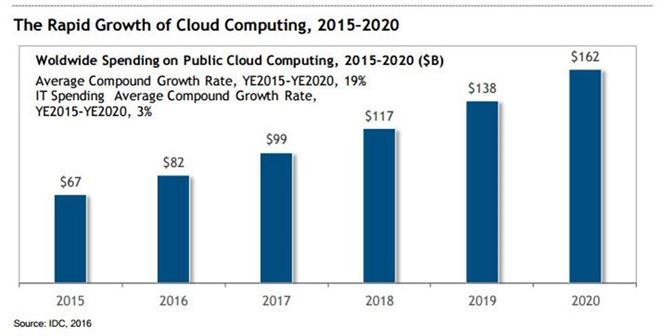
The rapid growth (shown above) of spending on the cloud just indicates that the business is finding it very reasonable. Instead of putting upfront commitment (capex) in hardware and recurring salary cost of managing the hardware, it is making absolute sense to the businesses to go with cloud providers whose major focus is on ensuring the fast access to the resources and highest availability of the infrastructure.
1. Key cloud players and their market share
While we all know how AWS became the leaders in the cloud computing, today we seem to be in a very interesting situation. When I see the following key players with their respective market share, it does feel great and I do feel that eventually, the end customers will be the greatest beneficiary:
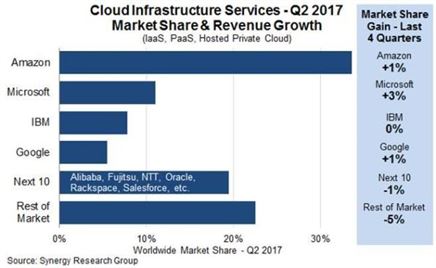
We have seen how the competition among telecom service providers (specifically when it got deregulated), made the data and voice services available at very reasonable price to millions of people. It led to the creation of few amazing internet companies and connecting with people and doing business became easier.
I believe that the cloud is opening up more and more amazing opportunities for people who wanted to dream big, but were holding themselves back because they didn’t have the access to the right infrastructure.
2. Growth of key players
While AWS is undoubtedly a leader in this space, last year it was just able to hold on to its year-on-year public cloud adoption. However, a quick look at the Azure indicates that it is indeed making a serious inroad into the cloud business. Google cloud may not be as aggressive as Azure, but they seem to be getting significant traction as well.
Above data does seem to indicate one thing that in addition to AWS, the customers are definitely evaluating Azure and Google Cloud as alternate options.
3. Overall Decline in Cloud Challenges
The continuous focus by the cloud providers on incorporating the customer’s feedback has resulted in significant improvements in the common challenges being faced by the consumers. Following graphs show how the challenges have been shrinking:
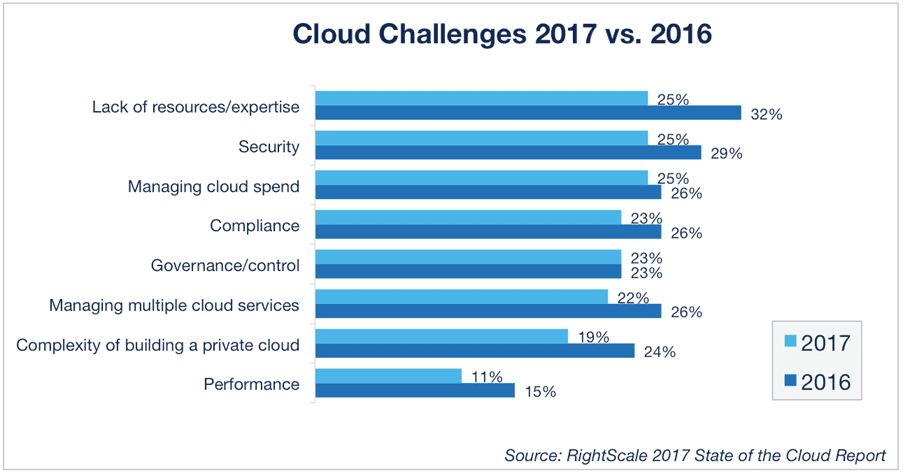
Of course, this will further lead to ease of use of cloud and hence its adoption will increase for sure.
4. Hybrid Cloud Adoption
Many companies have realized that public cloud only approach hasn’t given them the exact result and ROI that they were looking for. This is where they have started considering in-house developed intelligent tools and private clouds as well. The business sees a need to marry the public cloud with the private cloud or homegrown solutions to get the best of both worlds. This has given rise to the hybrid cloud adoption.
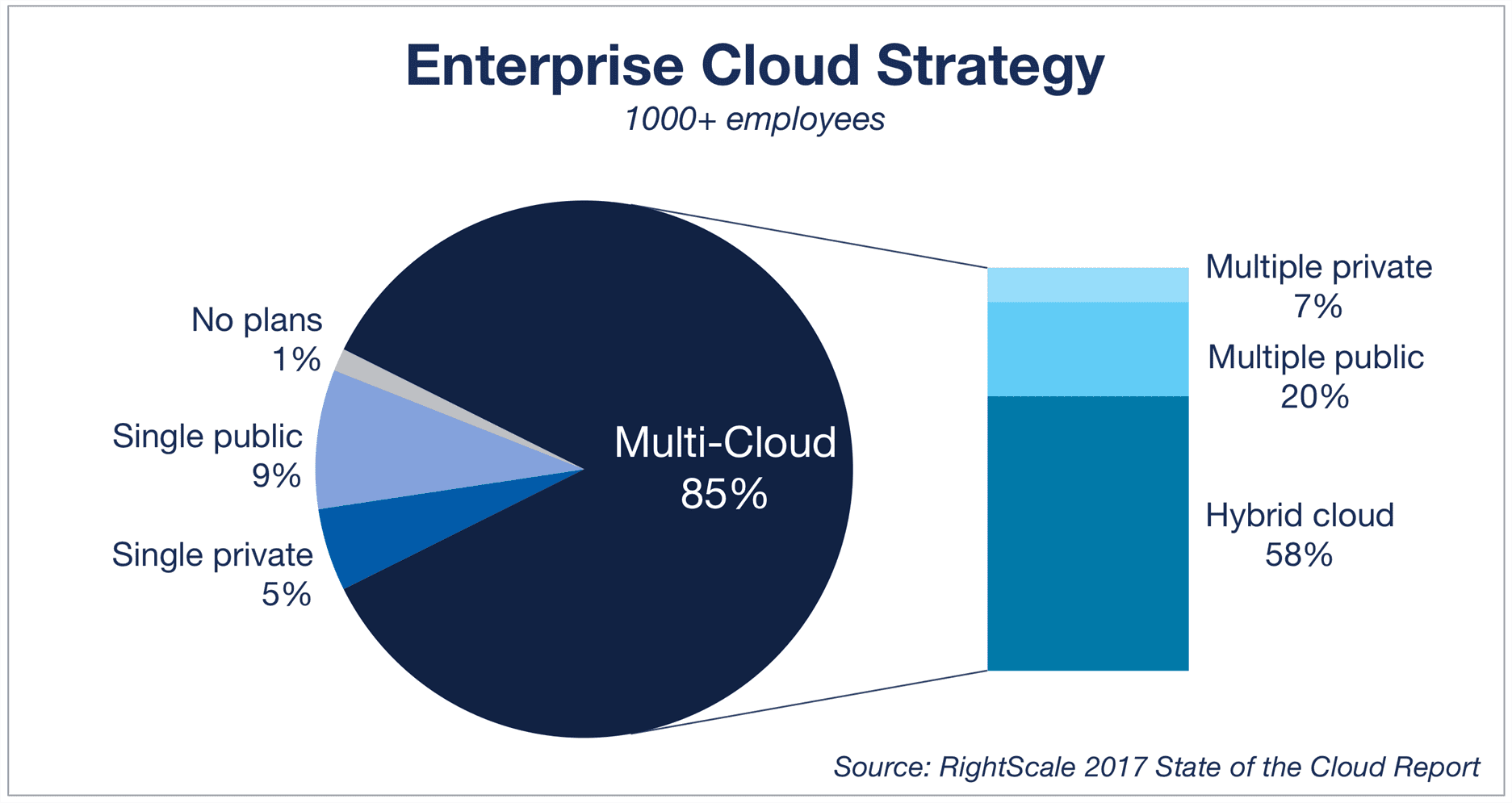
Above stats from RightScale, clearly indicates that more enterprises are opting for muti-cloud setup. In fact, compared to 2016 (55%), the hybrid cloud adoption has increased by 3%, which does indicate that the large enterprise does want to have some control and caution in place while adopting the cloud.
5. Verticalization
There are businesses (e.g. Salesforce, ServiceNow) which are offering cloud by focussing on a given vertical by adapting to the IT requirement of that specific vertical. Specifically, they are seeking out specialized partners (SMEs) that can drive their generic capabilities into these specific vertical markets. For the specialized partners also it makes sense to focus on their speciality, while the generalized aspects are being taken care by the big players.
What does this mean for the end customer is that they don’t need to understand the cloud jargon, they don’t need to develop any specific process (or they may just manage using white labelling) and still they will be able to run their business as if they have built and hosted the solution themselves?
Summary
It is no longer a secret that cloud is here to stay and it is indeed a saviour for many businesses. Personally, I have met few CTOs, who works with a very thin team structure as he is able to streamline most of the nagging issues because of the availability of public cloud. The multi-cloud and hybrid cloud provide awesome options to the mid-large enterprises from the security perspective as well as from the perspective of getting the right ROI. Overall, it looks like a great time for everyone who is in the cloud.
References
- https://www.gartner.com/newsroom/id/3354117
- https://medium.com/@jrodthoughts/regional-cloud-platforms-still-matter-3251caf1871c
- https://www.rightscale.com/blog/cloud-industry-insights/cloud-computing-trends-2017-state-cloud-survey
- https://www.skyhighnetworks.com/cloud-computing-trends-2016/
- https://www2.dimensiondata.com/it-trends/hybrid-cloud-2018


